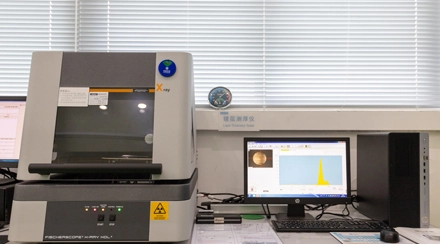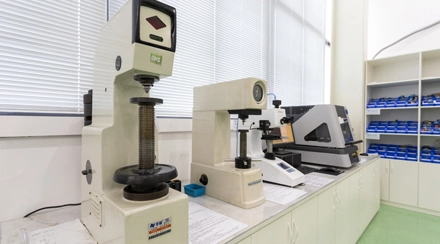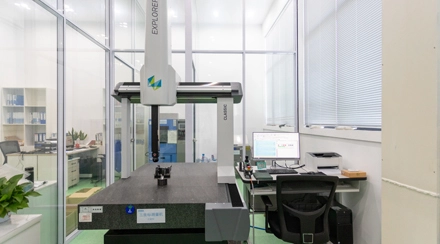MIG, TIG, and spot welding machines, including Lincoln Electric Power MIG 256 and Miller Dynasty 280.
Metals (steel, stainless steel, aluminum), and some alloys.
Max workpiece size: 2000mm x 2000mm. Tolerances: ±0.5mm.
Quality Management System: ISO 9001:2015 certified, focusing on weld quality and strength.
Inspection Equipment: Ultrasonic testers, X-ray inspection, and weld gauges.
Quality Assurance Process: Material certification, in-process weld inspections, and final inspection using ultrasonic and X-ray testing to ensure weld integrity and strength.
Welding is a fundamental process in metal fabrication that involves joining two or more metal parts by melting their edges and allowing them to fuse together as they cool. This process creates a strong, permanent bond that is essential for constructing robust structures and components. Here is a brief overview of the working principle of welding:
Heat Generation: Welding typically involves generating intense heat to melt the metal at the joint. This heat can be produced through various methods, such as electric arc (arc welding), gas flame (oxy-fuel welding), or laser beam (laser welding).
Melting and Fusion: The heat generated melts the edges of the metal parts to be joined. In some welding processes, a filler material is also melted and added to the joint to enhance the bond and fill any gaps.
Shielding: To protect the molten metal from contamination by atmospheric gases (such as oxygen and nitrogen), a shielding gas or flux is often used. This creates a protective barrier around the weld pool, ensuring a clean and strong weld.
Cooling and Solidification: Once the heat source is removed, the molten metal begins to cool and solidify, forming a solid joint. The cooling rate can affect the mechanical properties of the weld, so it is often controlled to achieve the desired characteristics.
Post-Weld Treatment: Depending on the application, the welded joint may undergo additional treatments, such as grinding, polishing, or heat treatment, to enhance its appearance, strength, and durability.
By understanding the working principle of welding, manufacturers can select the appropriate welding technique and parameters to achieve high-quality, reliable joints for various industrial applications.


